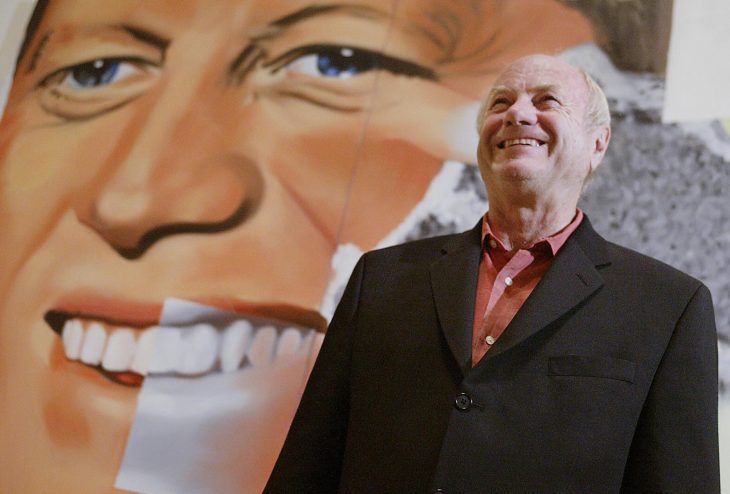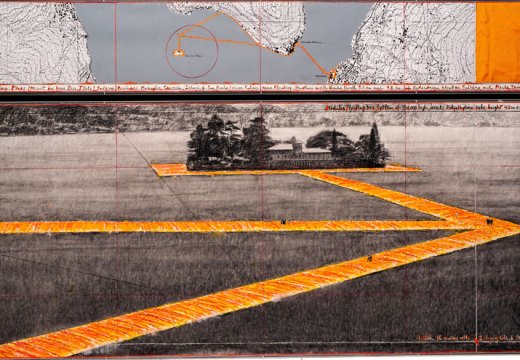Our daily round-up of news from the art world
James Rosenquist (1933–2017) | The artist James Rosenquist, who helped define Pop Art as a movement in the 1960s, has died in New York at the age of 83. As the New York Times reports, he was praised for his ‘powerful graphic style’, and drew on his experiences of painting images for billboard posters. His 86ft-long painting F-111 (1964–65), in which a fighter-bomber jet is shown amid a jumble of everyday imagery, went on to become a defining image of the Vietnam War era.
German government provides €1.2m to acquire looted Kirchner painting | The German government has provided €1.2m to enable Wilhelm-Hack-Museum in Ludwigshafen am Rhein to acquire a Ludwig Kirchner painting looted during the 1930s, reports the Art Newspaper. The museum, which held the painting for many years before its provenance was known, negotiated a ‘fair and just’ settlement with a previous owner, said the German culture minister Monika Grütters in a statement. The work was taken from a Jewish family in 1937, before ending up in the collection of museum founder Wilhelm Hack.
William Kentridge work vandalised in Rome | A frieze along the banks of the Tiber by William Kentridge has been significantly vandalised, reports Art Daily. The work has been regularly tarnished by graffiti since it was unveiled a year ago, and Kentridge himself has expressed incredulity as to why the city’s authorities did not act to clean it up as soon as the first tags appeared. ‘Some graffiti artists do great work. I’m less interested in those who simply leave their initials on the wall,’ he told La Reppublica (Italian language article). The city’s deputy mayor has now called to have the offending graffiti removed.
Sky Arts launches ‘post Brexit’ art fund | Sky Arts has announced the launch of Art 50, a new fund that will enable 50 contemporary artists to create works exploring British national identity in the wake of the UK’s vote to leave the European Union. Launched in partnership with the Barbican, the SAGE in Gateshead and the Baltic Gallery, Art 50 will accept proposals from individuals working across all artistic disciplines, including visual arts, theatre, music, dance, and spoken word.
Recommended reading | In the New York Times, Patricia Leigh Brown reports on an initiative by the state of California to help prisoners learn artistic techniques. The programme includes mural painting, Native American beadwork, improvisational theater, graphic novels, and songwriting, and will be implemented in all of California’s 35 adult prisons. In the Daily Telegraph, Mark Hudson visits Tate Britain’s exhibition of Queer British Art and comes away a little disappointed: ‘For all the radicalism promised by its bold title, the exhibition proceeds in a perfectly coherent, but fairly tame fashion through all the predictable marker moments.’
Unlimited access from just $16 every 3 months
Subscribe to get unlimited and exclusive access to the top art stories, interviews and exhibition reviews.













![Masterpiece [Re]discovery 2022. Photo: Ben Fisher Photography, courtesy of Masterpiece London](http://www.apollo-magazine.com/wp-content/uploads/2022/07/MPL2022_4263.jpg)






